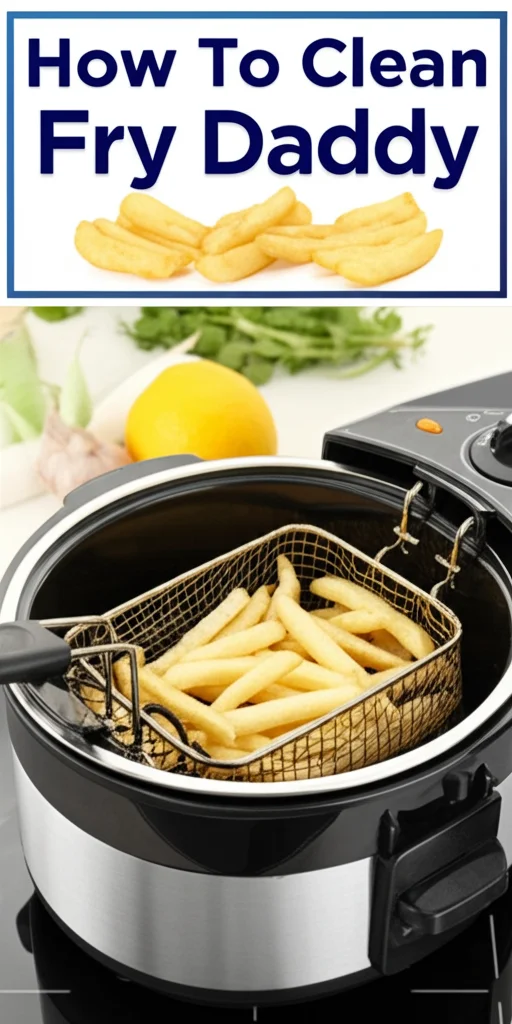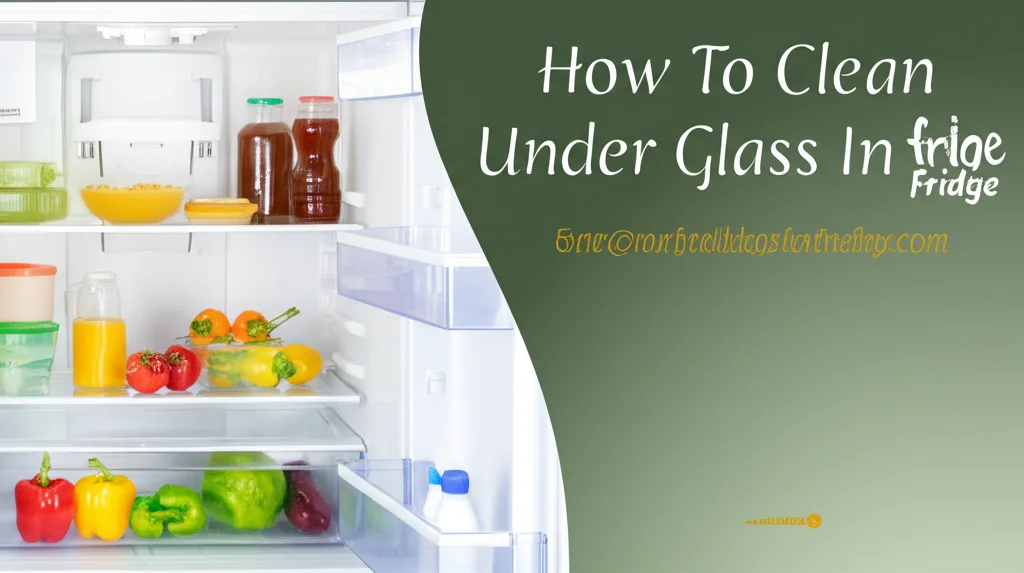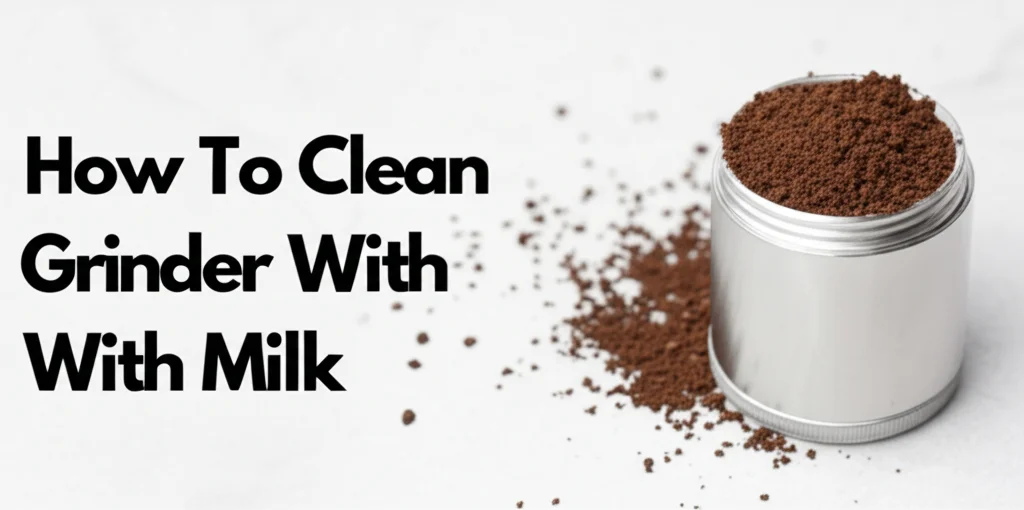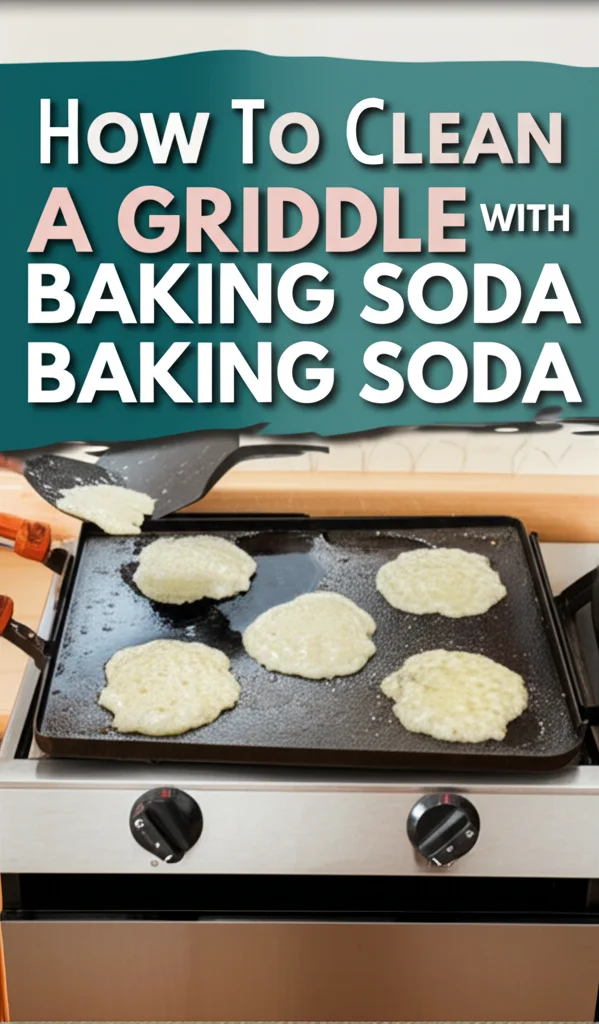· Kitchen Cleaning · 6 min read
How To Clean A Fridge That Has Been Unplugged
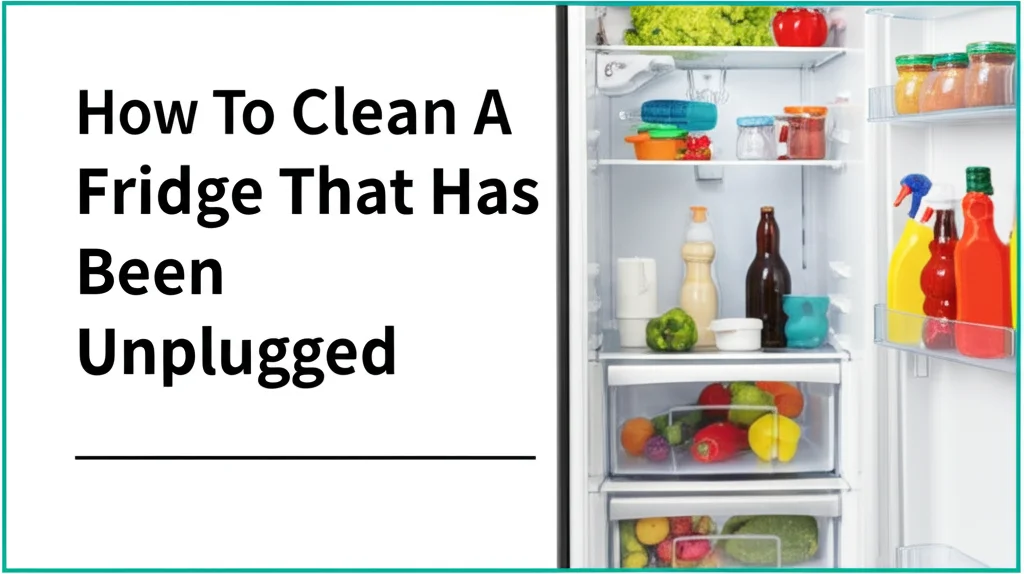
A Sparkling Clean Fridge: How To Clean A Fridge That Has Been Unplugged
Ever dread cleaning out the fridge? It’s a task many of us put off, but a clean fridge is a happy fridge – and a healthier one! This guide will walk you through exactly how to clean a fridge that has been unplugged, ensuring a thorough and hygienic clean. We’ll cover everything from prepping the space to tackling stubborn stains, leaving you with a fresh, odor-free appliance. Keeping your refrigerator clean isn’t just about aesthetics; it’s about food safety and extending the life of your appliance. This article will provide a detailed, step-by-step process to make this chore manageable and effective.
Quick Answer: To clean an unplugged fridge, remove all food, take out shelves and drawers, wash them with warm soapy water, wipe down the interior with a baking soda solution, and dry everything thoroughly before plugging it back in.
Takeaway:
- Unplug the fridge for safety.
- Remove all food and components.
- Wash all removable parts.
- Disinfect the interior.
- Dry completely before restarting.
Why Clean a Fridge When It’s Unplugged?
Cleaning a fridge while it’s unplugged is the safest and most effective approach. First and foremost, it eliminates the risk of electrical shock. Beyond safety, an unplugged fridge allows you to work without worrying about food spoiling while the temperature rises. You’ll have more freedom to use water liberally without damaging electrical components. Plus, it’s easier to see what you’re doing without the interior light constantly cycling on and off. This method ensures a thorough clean, addressing all areas without compromise.
Gathering Your Cleaning Supplies
Before you begin, gather everything you’ll need to streamline the process. Having all your supplies ready will save you time and frustration. Here’s a checklist:
- Warm Water: Essential for washing all components.
- Dish Soap: A mild dish soap is perfect for general cleaning.
- Baking Soda: Excellent for deodorizing and gentle scrubbing.
- White Vinegar: Effective for disinfecting and cutting through grime.
- Spray Bottle: For applying cleaning solutions.
- Soft Cloths or Sponges: Avoid abrasive materials that can scratch surfaces.
- Old Toothbrush: Ideal for cleaning tight spaces and crevices.
- Bucket or Sink: For washing removable parts.
- Towel: For drying.
- Trash Bags: For disposing of spoiled food and debris.
Step 1: Emptying the Fridge Completely
The first step is to completely empty your refrigerator. Remove all food items, checking expiration dates as you go. Discard anything that’s spoiled or past its prime. This is a great opportunity to assess what you typically buy and reduce food waste in the future. Don’t forget to check the door shelves and any hidden compartments. Once empty, take out all removable parts – shelves, drawers, ice trays, and any other accessories.
Step 2: Washing Removable Parts
Now it’s time to wash the removable parts of your fridge. Fill your sink or a large bucket with warm, soapy water. Submerge the shelves and drawers, and gently scrub them with a soft cloth or sponge. For stubborn stains, let the parts soak for a few minutes before scrubbing. Rinse thoroughly with clean water and set aside to dry completely. Pay special attention to corners and edges where food particles can accumulate. If you’re looking for a deeper clean for your floors, consider checking out https://www.beacleaner.com/how-to-clean-luxury-vinyl-plank-flooring/ for tips on maintaining other surfaces in your kitchen.
Step 3: Cleaning the Interior of the Fridge
With the removable parts washed, focus on the interior of the fridge. Start by wiping down all surfaces with a solution of warm water and baking soda (about 1 tablespoon of baking soda per quart of water). Baking soda is a natural deodorizer and gentle abrasive. For tougher stains or grime, use a solution of equal parts white vinegar and water. Spray the solution onto the affected areas and let it sit for a few minutes before wiping clean. Use an old toothbrush to scrub hard-to-reach areas like door seals and corners. Remember to wipe down the walls, ceiling, and floor of the fridge. If you’re dealing with mold, you might find helpful information at https://www.beacleaner.com/how-to-remove-mold-from-painted-walls/.
Addressing Specific Interior Areas
- Door Seals: These are prone to collecting grime and mildew. Clean them thoroughly with a vinegar solution and a toothbrush.
- Drip Tray: If your fridge has a drip tray, remove it and wash it with warm, soapy water.
- Ice Maker/Water Dispenser: If applicable, follow the manufacturer’s instructions for cleaning these components.
Step 4: Deodorizing the Fridge
Even after cleaning, lingering odors can persist. Baking soda is your best friend here. Place an open box of baking soda inside the fridge to absorb odors. Alternatively, you can place a bowl of coffee grounds or activated charcoal inside. These materials will help neutralize any remaining smells. Another option is to wipe down the interior with a solution of lemon juice and water. This will leave your fridge smelling fresh and clean. For other odor-fighting tips around the house, you might find https://www.beacleaner.com/how-to-get-smell-out-of-a-suede-couch/ useful.
Step 5: Drying and Reassembling
Before plugging the fridge back in, ensure everything is completely dry. Use a clean towel to dry all surfaces, including the shelves, drawers, and the interior of the fridge. Moisture can promote mold growth and damage electrical components. Once everything is dry, reassemble the fridge, placing the shelves and drawers back in their original positions. Finally, plug the fridge back in and allow it to reach its optimal temperature before restocking with food.
FAQ: Common Fridge Cleaning Questions
Q: How often should I clean my fridge? A: Aim to do a deep clean every 3-6 months. Wipe up spills immediately and do a quick tidy-up weekly to prevent buildup.
Q: Can I use bleach to clean my fridge? A: While bleach is a powerful disinfectant, it’s not recommended for fridge interiors. It can leave a lingering odor and potentially damage surfaces. Vinegar and baking soda are safer and equally effective alternatives.
Q: What’s the best way to prevent fridge odors? A: Store food in airtight containers, wipe up spills immediately, and keep an open box of baking soda inside the fridge.
Q: How do I clean a stainless steel fridge exterior? A: Use a stainless steel cleaner or a solution of vinegar and water. Wipe in the direction of the grain to avoid streaks. You can find more information on cleaning stainless steel at https://www.beacleaner.com/how-to-clean-stainless-steel-sink-paint-stains/.
Conclusion: Enjoy a Fresh and Clean Refrigerator
Cleaning a fridge that has been unplugged is a straightforward process that yields significant benefits. By following these steps, you can ensure a hygienic, odor-free appliance that keeps your food fresh and safe. Remember to unplug the fridge for safety, empty it completely, wash all removable parts, disinfect the interior, and dry everything thoroughly before plugging it back in. A little effort goes a long way in maintaining a clean and healthy kitchen. Now that you know how to clean a fridge that has been unplugged, you can enjoy the peace of mind that comes with a sparkling clean refrigerator! Don’t forget to regularly maintain other areas of your home, like your floors – you can find helpful tips at https://www.beacleaner.com/how-to-clean-hardwood-floors-with-vinegar/.

